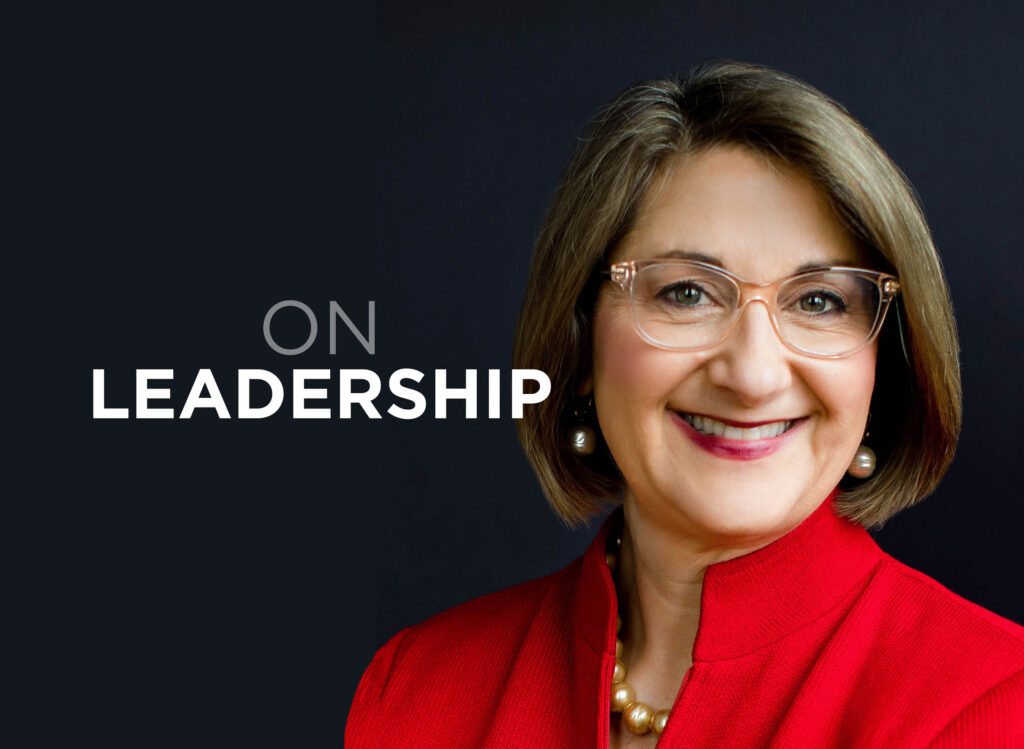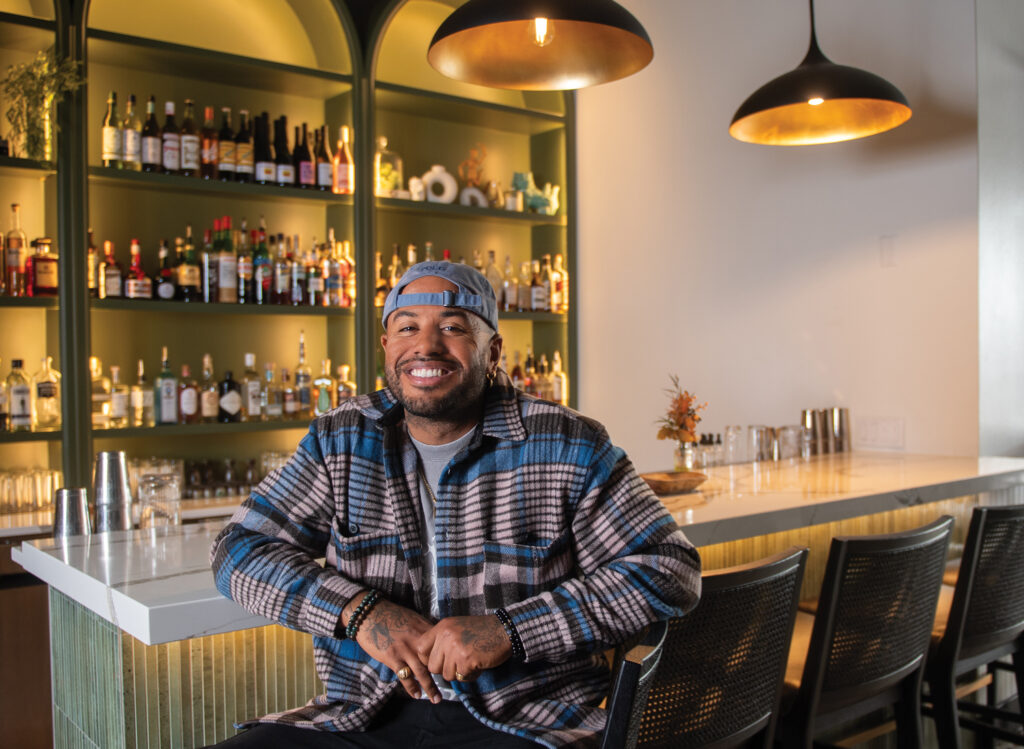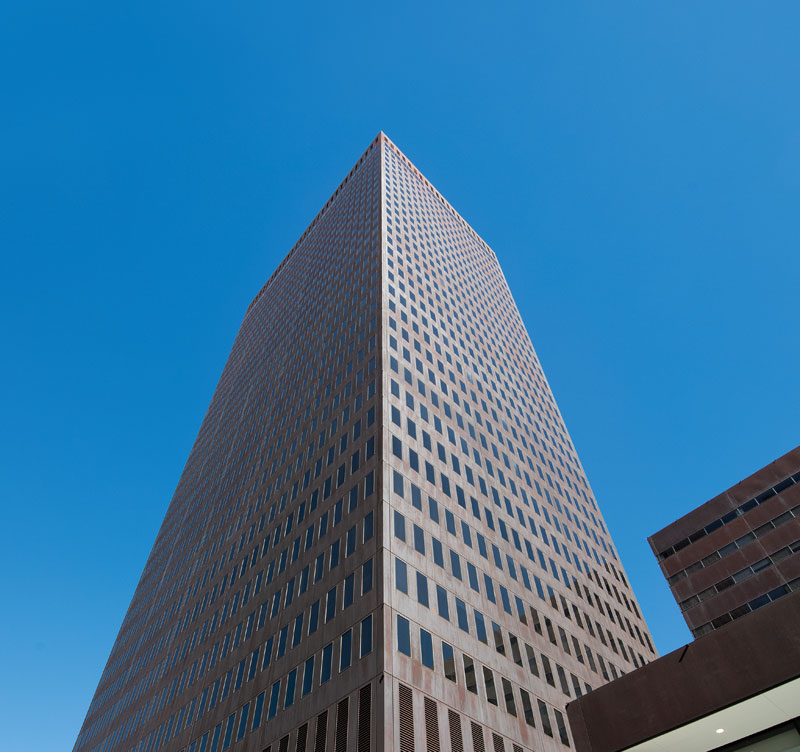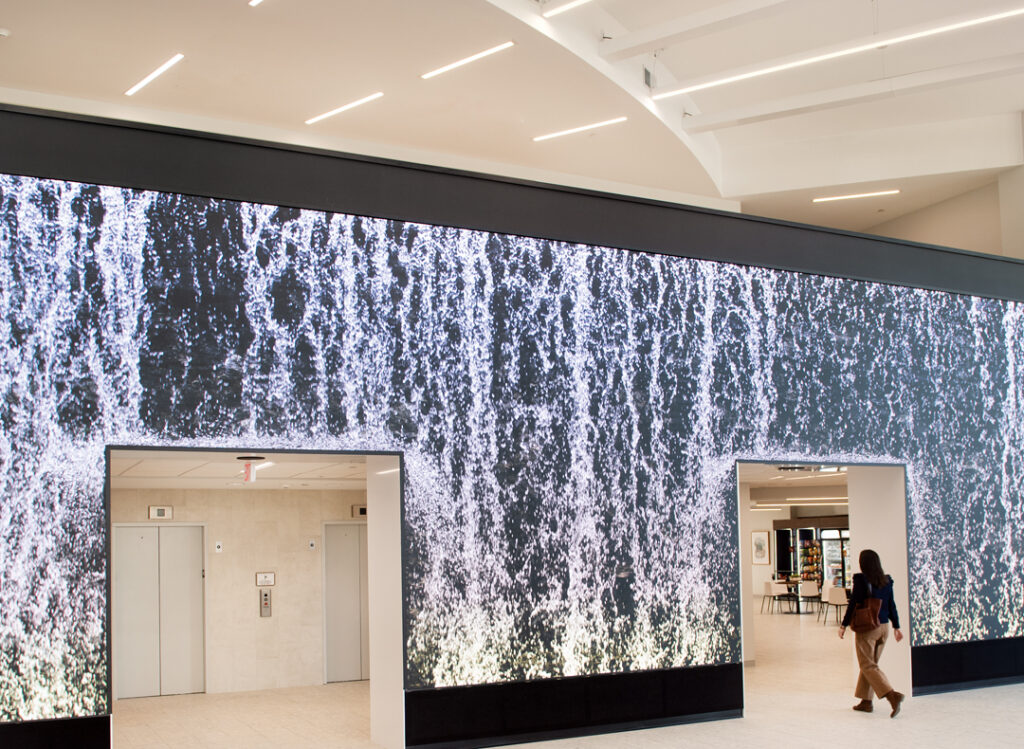Guest Opinion: Iowa’s 21st-century workforce: A formula for success

The demographics of Iowa, along with those of the country and the world, are undergoing shifts both projected and unexpected. As though to emphasize this point, the recent influx of Syrian refugees to Europe — over 800,000 have applied for asylum across the European Union in 2015 — illustrates the impact of global movement on the population of nations. In the United States, growing or steady birthrates among some groups and declining rates among others have led to expected outcomes. For the first time in 2014, U.S. public schools enrolled more minority students than non-Hispanic white students.
At the University of Iowa, we recognize that racial and ethnic minorities are the fastest-growing segment of our student population as well as of our state. We are working to make our campus a place where all people feel included, no matter what their background or identity. Doing so is imperative to the business model of higher education, but it is also a requirement for all businesses and industries that wish to survive in the upcoming decades. As neuroscience demonstrates, people who feel excluded feel unsafe in a manner that mirrors physical insecurity, which negatively impacts their ability to participate in and contribute to their classrooms, workplaces and communities.
In order to succeed in our efforts, we need to engage in a concerted effort across all segments of the state, both public and private. Our students are the future workforce of Iowa and the nation, and we all have a responsibility to the generations of our children, grandchildren and onward to establish a solid foundation for success that they can continue to build on. Although such a concept may sound lofty, there are some concrete questions that we can consider in schools, workplaces and communities to guide our work.
• How are we moving from “Iowa nice” to Iowa inclusiveness?
• How are we developing and promoting diverse leadership?
• What types of pipelines are we putting in place to ensure that all people have access to education and life-sustaining jobs?
• How are we educating everyone about the importance of creating welcoming environments for difference?
• And how are we providing safe spaces for discussion and contemplation of the inevitable discomforts that will surface?
Iowa faces an aging population and a reputed brain drain, so making progress on issues of inclusiveness is critical. As Richard Florida’s research indicates, the creative class, which is the economic driver of the 21st century, values diversity and seeks to live in communities where all forms of difference are accepted. And the impact of creativity on the primary economic forces in Iowa, such as agriculture and technology, cannot be disputed. Members of the creative class include our children and grandchildren; how do we provide an environment in which they want to live and raise their families?
In short, diversity and inclusion is THE issue of our times and impacts all of us in substantial ways. This is not a “problem” for the growing few (the term “minority” will need to be retired soon), nor is it a matter of politics. We cannot think of diversity as an afterthought when it is a reality and will arguably have the most significant impact on our state and national economic development. In a time of increasing global competition, we cannot afford to leave anyone behind. Simply stated, embracing diversity is good for Iowa and all Iowans.










